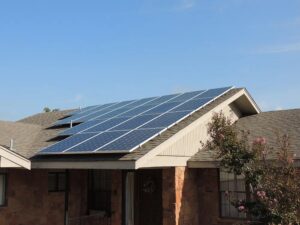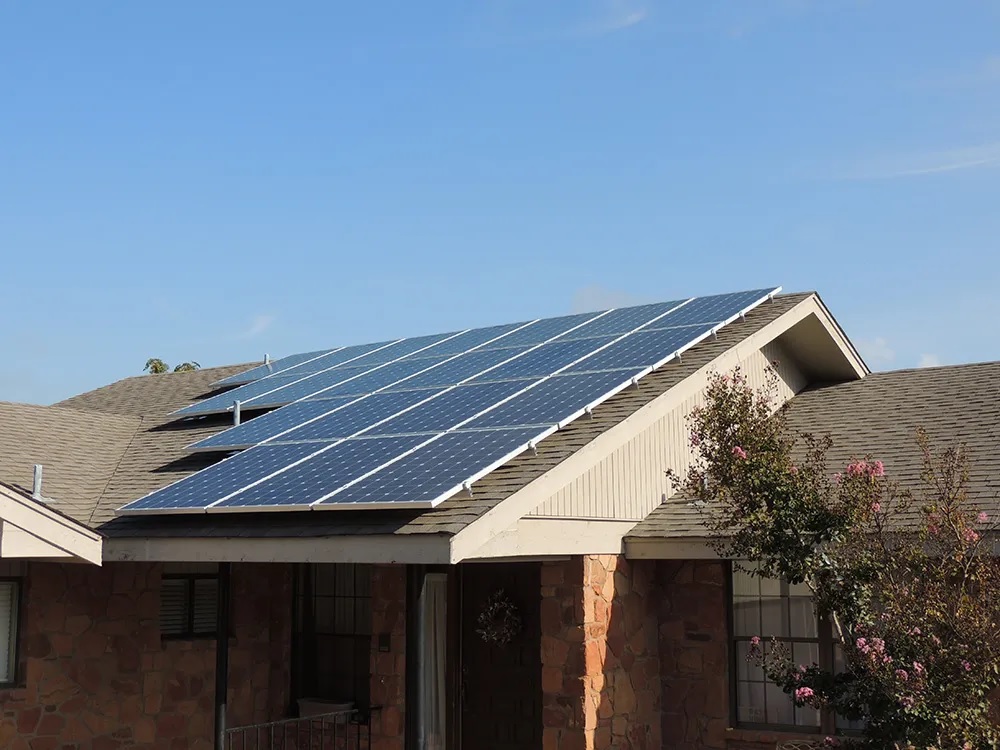Sri Lanka’s Solar Boom Faces Resistance Amid Power Grid Woes
Sri Lanka’s recent nationwide blackout has ignited a fresh debate on the stability of the national power grid and the role of rooftop solar power in its vulnerability. While the push for renewable energy has gained momentum, skeptics warn that the grid is not equipped to handle the influx of distributed solar power, making it prone to cascading failures.

On a quiet Sunday in February, a power failure swept across the nation, leaving homes and businesses in the dark. The Ceylon Electricity Board Engineers’ Union (CEBEU) has pointed to a breakdown at the 33kV Bus bar in Panadura as the initial trigger, but the real culprit, they argue, is the instability caused by rooftop solar panels.
Solar Power: A Double-Edged Sword?
With Sri Lanka aggressively promoting renewable energy, rooftop solar has seen a significant uptick, contributing an estimated 1,200 to 1,400 MW to the grid. However, the national grid, designed primarily for one-way power distribution, has struggled to cope with the erratic flow of solar energy, particularly on low-demand days like Sundays.
“On working days, the demand rises to around 2000 MW, but on Sundays, it falls to 1600 MW,” a CEBEU statement explained. “The relatively high solar share compared to a low demand on Sunday has been identified as the main reason for the blackout.”
The core issue lies in the grid’s inability to absorb sudden fluctuations. Unlike conventional power plants, rooftop solar generation cannot be centrally controlled. This means that as sunlight floods the panels, large hydropower and coal plants have to be scaled down, weakening the system’s ability to absorb shocks – a critical factor in preventing blackouts.
Blaming the Monkeys?
Amidst the technical explanations, an unexpected suspect emerged: monkeys. Reports initially suggested that a mischievous troop had interfered with power lines, triggering the collapse. While animals have been known to cause power disruptions—squirrels, for instance, account for about 8% of power failures in some U.S. cities—the CEBEU insists that solar instability remains the key concern.
Despite repeated warnings from engineers, calls to upgrade the grid to accommodate renewables have been delayed, exacerbated by Sri Lanka’s financial struggles and the COVID-19 pandemic. Projects funded by Japan and the Asian Development Bank have been slow to materialize, leaving the grid vulnerable to disruptions.
Solutions in Sight?
Experts argue that a combination of battery storage, smart grid technology, and policy adjustments could mitigate the risks. Battery storage systems and pumped hydro plants could help store excess solar power and release it when needed. Additionally, encouraging industries to operate on weekends through lower tariffs could balance demand fluctuations.
For now, Sri Lanka finds itself at a crossroads. While renewable energy is crucial for energy security and sustainability, the nation’s power grid remains ill-prepared for the transition. Without urgent upgrades, the risk of further blackouts looms large, and if another outage occurs, the blame game—whether targeting engineers, solar advocates, or even monkeys—is likely to continue.







